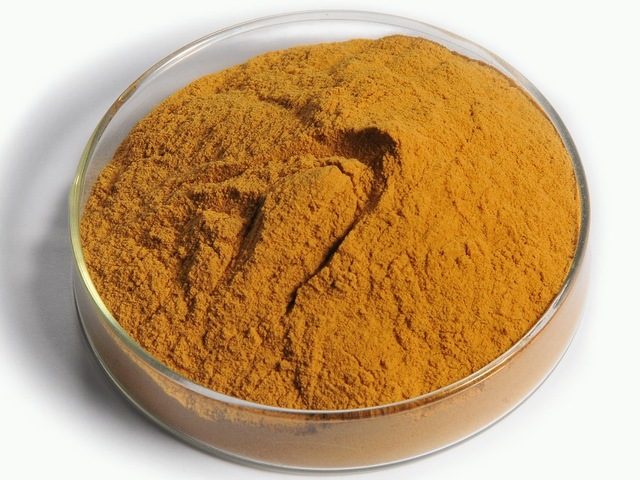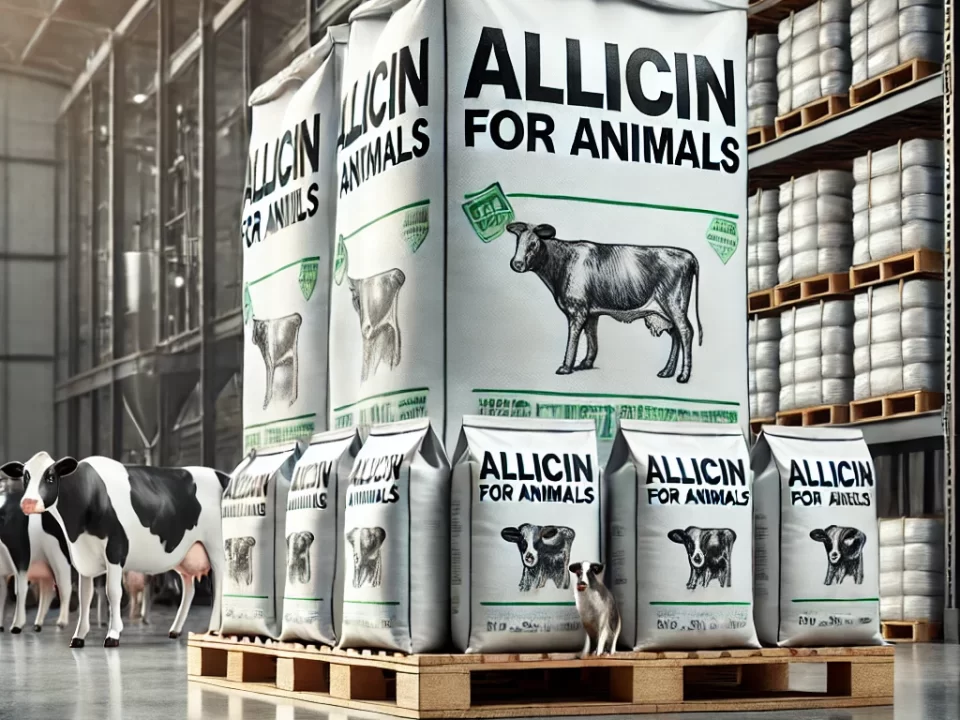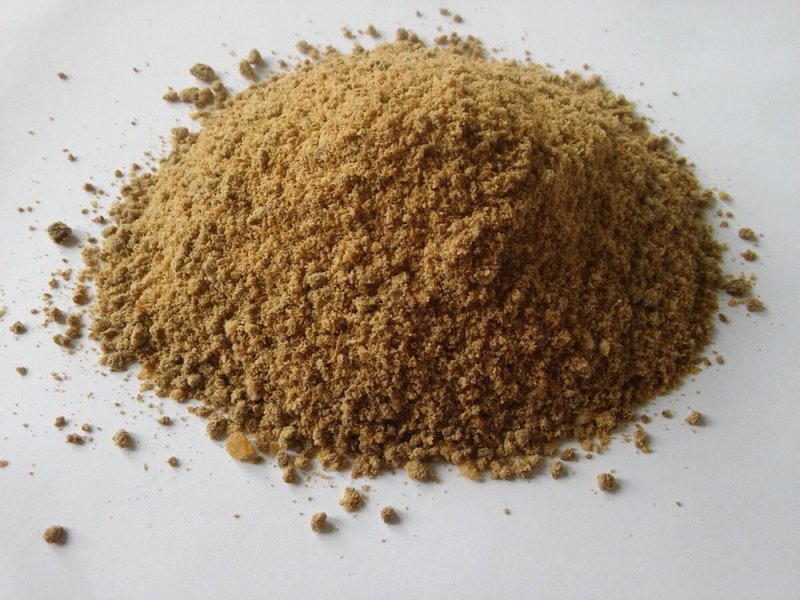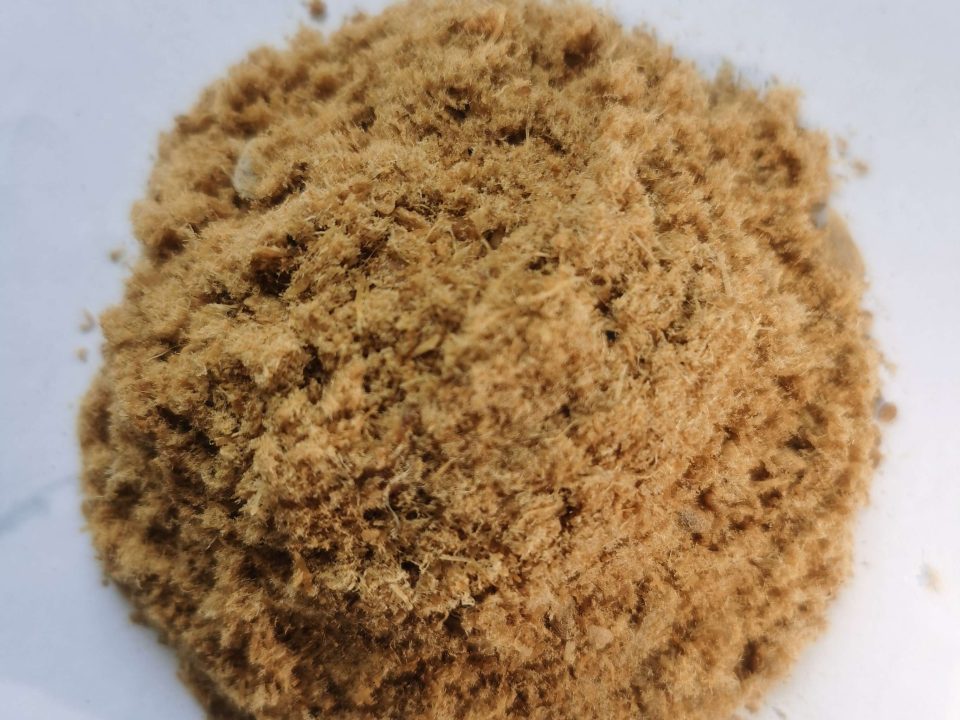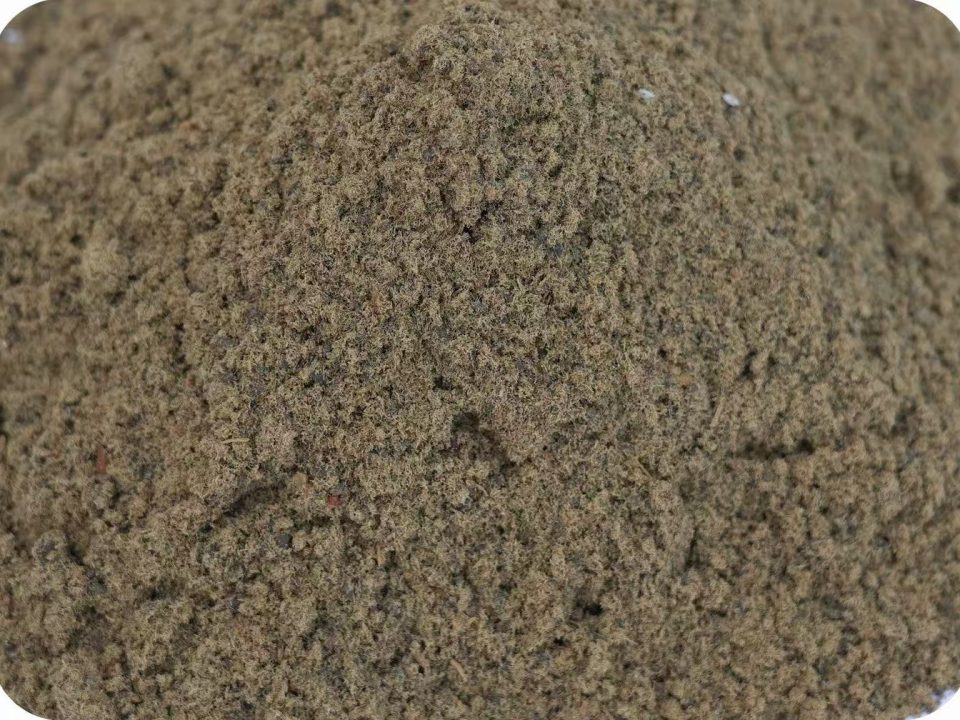What is the development prospect of the feed additive industry?

Why do we use feed additives in livestock and poultry farming
September 6, 2022
Nutritional characteristics and applications of Corn Gluten Meal
September 12, 2022Today, the development of the feed additive industry faces many new challenges. The continuous expansion of the scale of breeding and breeding, the diversification of models and environments, the diversification of consumer demand for livestock products, and the standardization of the state’s management of feed additives have brought positive impetus to the healthy development of the industry. In the future, feed additives will gradually transform into “green, efficient and safe” feed additives. As global meat consumption climbs and there is a growing focus on feed safety and animal health, animal feed additive production is growing. According to the prospective industry research institute “China food and feed additive industry market prospect and investment strategic planning analysis report” data show that in 2016 China’s feed additive industry output reached 8.305 million tons, with the growing population and the rapid growth of China’s economy, it is expected that China’s feed additive production will reach 9.15 million tons in 2022.
As an indispensable part of the feed industry, the demand for feed additives is mainly affected by the feed processing industry and its upstream aquaculture industry. Domestic feed production has become an upward trend year by year, so the feed additive market market is continuing to grow Data show that in 2016, the sales revenue of China’s feed additive industry was about 52.37 billion yuan. Globally, in 2013, the global animal feed additive market was valued at $14.9 billion, and it is expected that in 2020, the global animal feed additive market will be valued at $20 billion. According to the type of feed additives, amino acids are the main feed additive products, accounting for about 31.2% of the total market. According to the consumption field, poultry feed consumes the largest amount of additive products, accounting for about 32.6% of the total, and the annual consumption growth rate is expected to be 4.2% in the next six years, of which China and India will be the main markets. Pig feed consumes about 30% of feed additive products. As food safety concerns continue to heat up, the growth of global meat consumption has had a positive impact on the development of the poultry feed additives market. In the coming years, the rising consumption of livestock meat (meat as a source of animal protein ingested by humans) such as poultry, cattle and pigs will likely lead to the growth of the global market for animal feed additives.
In the farming process, feed is always the most important production element, the most necessary element, not blocked by time or space, and is a factor of daily consumption. Then, engaging in the feed industry will ensure that the entire aquaculture industry is in a state where there will be no unemployment and the greatest possible stable income. In the feed industry, feed raw materials are its upstream industry. Feed raw materials include bulk raw materials and additives. Bulk raw materials are already in the stage of fighting for prices and connections, and the purchasing department of each feed factory is the boss’s most trusted person to govern, and bulk raw materials do not require too deep professional knowledge, and know how to do quality control.
There are many types of additives divided by function, so there are many things that can be done. Requires a certain amount of expertise, if the additive can solve a problem, then there is a lot of room for negotiation in terms of price, then the profit will be relatively high, so it is also a job that can obtain greater benefits. Compared with the sale or procurement of bulk raw materials, the research and development, production and sales procurement of additives will be more conducive to the professional counterattack of ordinary people.
According to some cases I have seen, the sales and service of additives are generally faced with the vice president or related personnel of feed enterprises doing research and development or formula management, which requires certain knowledge reserves. Therefore, it is generally common to have a Master of Science in Animal Nutrition and Feed.


